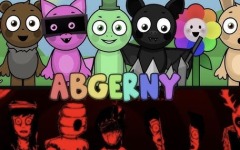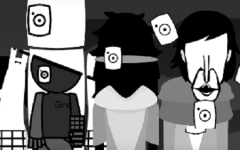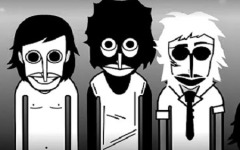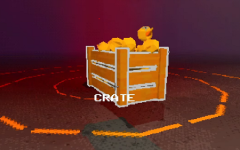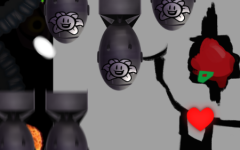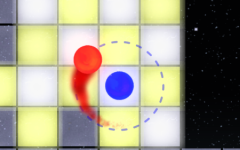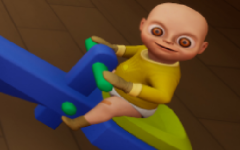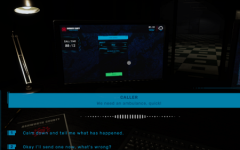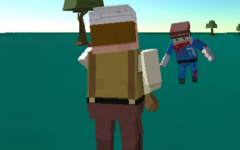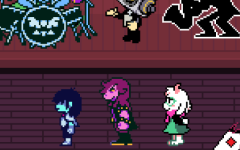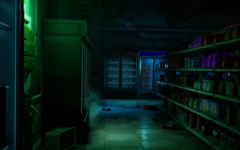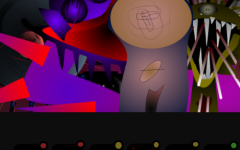Advertisement
Wenda Treatment But Italian Brainrot 2
Advertisement

Sprunki Wenda Treatment But Italian Brainrot 2 presents an altered soundscape and visual setup shaped by satire and instability. The game builds on the foundations of loop-based interaction but throws structure aside in favor of unpredictability. Every element — from character animations to the background visuals — shifts tone constantly, influenced by exaggerated Italian archetypes and layered absurdities. It’s a space where chaos is the design principle, not the disruption.
Unstable Loops And Visual Noise
This version distorts familiar mechanics from earlier Wenda Treatment projects by introducing constant audiovisual changes. Characters appear exaggerated, drawn from internet humor and stereotype references, each tied to erratic sounds that loop and collapse. As players build compositions, the system responds with overlapping voices, pitch drops, and nonsensical feedback that changes depending on placement, timing, or sometimes nothing at all.
Core Components Of Gameplay
Despite the apparent disorder, the structure remains based on drag-and-place interactions. However, audio outcomes don’t always follow logic. Loops may combine in unintended ways, and visuals often glitch or respond in unrelated patterns. The experience doesn’t aim for rhythm but for reactions—both in the system and the player.
Key mechanics include:
- Characters that trigger both sound and visual distortion
- Irregular rhythm patterns with unexpected transitions
- Voice clips, memes, and glitchy effects tied to Italian themes
- Backgrounds that shift abruptly based on loop combinations
- Unclear feedback loops that sometimes reward randomness
Meaning Through Disorder
Players aren’t directed toward solving or completing anything. Instead, the game encourages observation and humor through layered nonsense. The system often responds in ways that feel disconnected, but that disconnection becomes the main feature. Players interact, get confused, and then adapt to the game’s refusal to follow rules.
Sprunki Wenda Treatment But Italian Brainrot 2 avoids traditional progression in favor of raw experimentation. It’s not about creation in the classical sense—it’s about exploring how far a structure can be stretched before it breaks. With cultural fragments, distorted voices, and looping absurdity, this version becomes a commentary on digital chaos and how play can exist without resolution.





















































































































